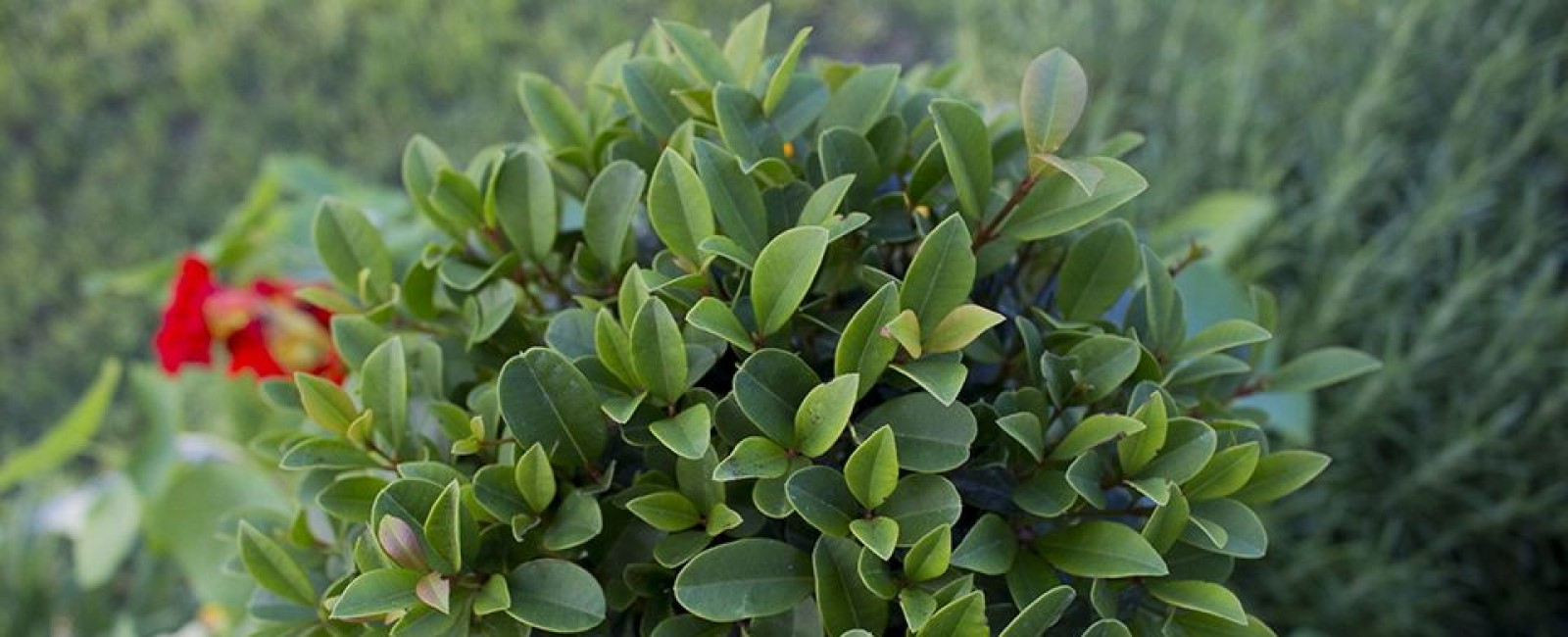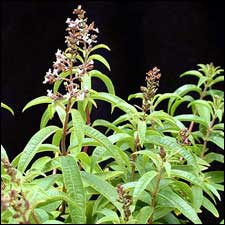It is a deciduous plant that will probably drop its leaves when it is brought back inside to winter during the colder months. the leaves will reappear, although they will appear a little yellow-green in color. LIke most perennial herbs, lemon verbena gains in taste and fragrance, so try to keep the plant from year to year.are arranged in a whorl around the stem. One of the herb’s earliest botanical names, Aolysia triphylla, describes the characteristic three leaves that grow from each node. Three-leaf plants were significant in religion because they symbolized the Trinity. There are small mauve and white clusters of flowers at the end of branches and, as with any aromatic plant, it is best to harvest the foliage right before it blooms. Because the aroma can linger on the dried leaves, it is invaluable for potpourris, sachets and teas.
Planting and CareNatural legginess and rampant growth require the tall stems be pruned in late spring and summer. If growth looks ragged after late frost, reduce height by one-third to stimulate new growth and to keep plants more compact. Harvesting and UseThe most lemony of all herbs, lemon verbena has an intense lemon zest without being bitter and is a favorite culinary herb used in fruit salads, cooked sauces and baked goods. Lemon verbena is an ingredient in perfumes and liquors. For aromatic relief, add an infusion of fresh or dried leaves to your bath. Lemon verbena makes a unique substitute for lemon or mint in poultry, fish, and stuffing recipes. We love using it in lemonade, peach cobbler, margaritas, or in ice cream! |
Herbal Body, Bath & Beauty – Culinary – Gifts & Art


